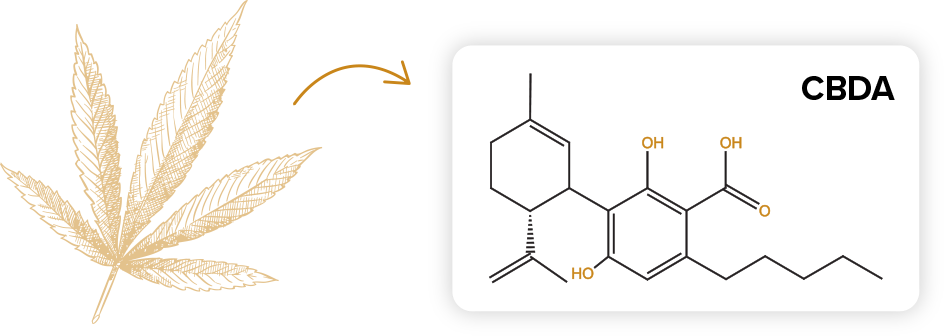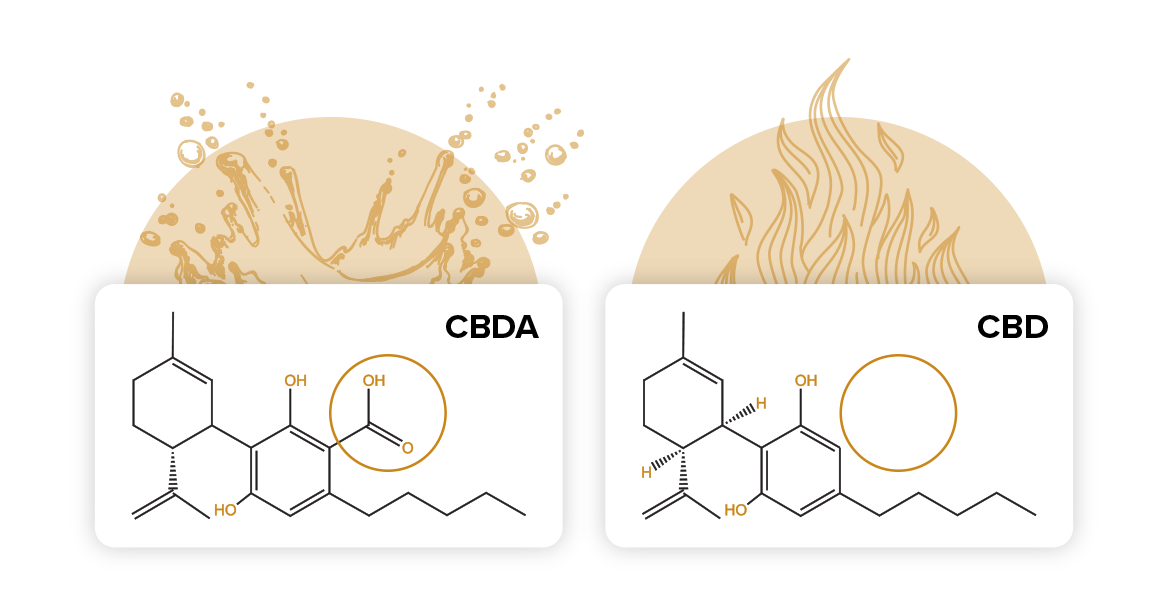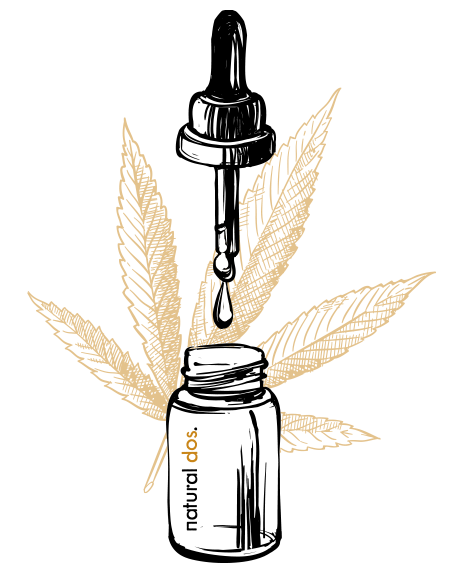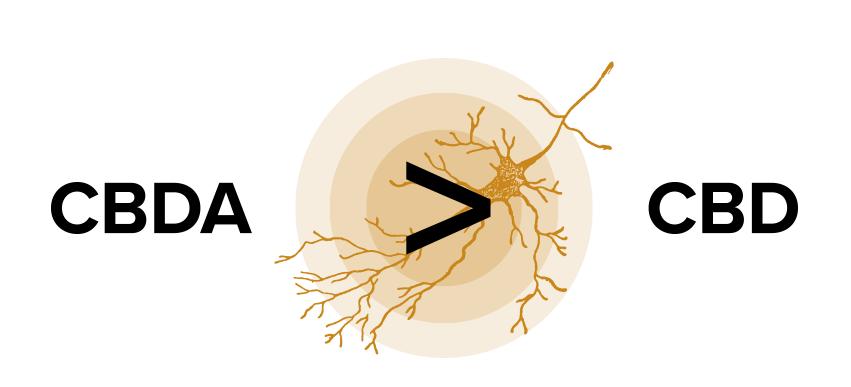What is CBDA?
Hemp produces many different cannabinoids, and the most abundant and powerful is CBDA (cannabidiolic acid). But what is CBDA?
This amazing compound is unique, and has over 500% better absorption than CBD, making it the most potent cannabinoid on the market. With our special formulation, Natural Spectrum CBDA oil can reach over 1000% better absorption than conventional CBD or CBDA on its own.
Our technology preserves all original cannabinoids found in the hemp plant. Find out for yourself why thousands of people use Natural Dos CBDA products as part of their regimen today, either for stress management, pain relief, sleep support, or any other number of CBDA benefits!
What is CBDA?
First things first – what is CBDA? Cannabidiolic acid, commonly known as CBDA, is the acidic precursor to cannabidiol (CBD), one of the most prevalent active compounds found in the Cannabis sativa plant.
Unlike its well-known counterpart, CBD, which is widely recognized for its potential therapeutic applications, CBDA is less understood by the general public and often underrepresented in the conversation about cannabis-derived compounds.
CBDA is present in raw and live cannabis plants, where it exists in high concentrations, particularly in hemp varieties that are bred to contain lower levels of THC (tetrahydrocannabinol).
This compound is produced through the biosynthesis of cannabigerolic acid (CBGA), which is often referred to as the “mother of all cannabinoids” due to its role as a precursor to other cannabinoids. CBGA is converted into cannabidiolic acid by specific enzymes within the plant, and this process occurs as the plant grows and develops.
The chemical structure of CBDA includes a carboxyl group (-COOH), which is responsible for its classification as an acid. This carboxyl group is a distinguishing feature that sets CBDA apart from CBD.
When CBDA is exposed to heat or prolonged storage, it undergoes a process known as decarbing CBDA. During this chemical reaction, the carboxyl group is removed, and CBDA is converted into CBD. This transformation is significant because it alters the compound’s properties and potential interactions with the body’s endocannabinoid system (ECS).
The ECS is a complex network of receptors, enzymes, and endogenous cannabinoids that plays a crucial role in maintaining the body’s homeostasis. It influences various physiological processes, including pain sensation, mood regulation, immune system function, and more.
While CBD has been extensively studied for its interaction with the ECS, research on CBDA is still in its early stages. However, preliminary studies suggest that CBDA may interact with the ECS differently than CBD, potentially providing unique effects.
CBDA is typically found in cannabis products that are raw, unheated, or minimally processed, such as certain tinctures, juices, and edibles. These products aim to preserve the integrity of the raw cannabis compounds, including CBDA.
With advancements in extraction and preservation technologies, it has become possible to isolate CBDA and formulate products that highlight its presence while minimizing the conversion to CBD.
But what is CBDA becoming more popular for? Simple – the enhanced CBDA absorption rates mean that you can achieve the same effects as CBD with a lower dose. More on that below.


 Stress & Anxiety
Stress & Anxiety


